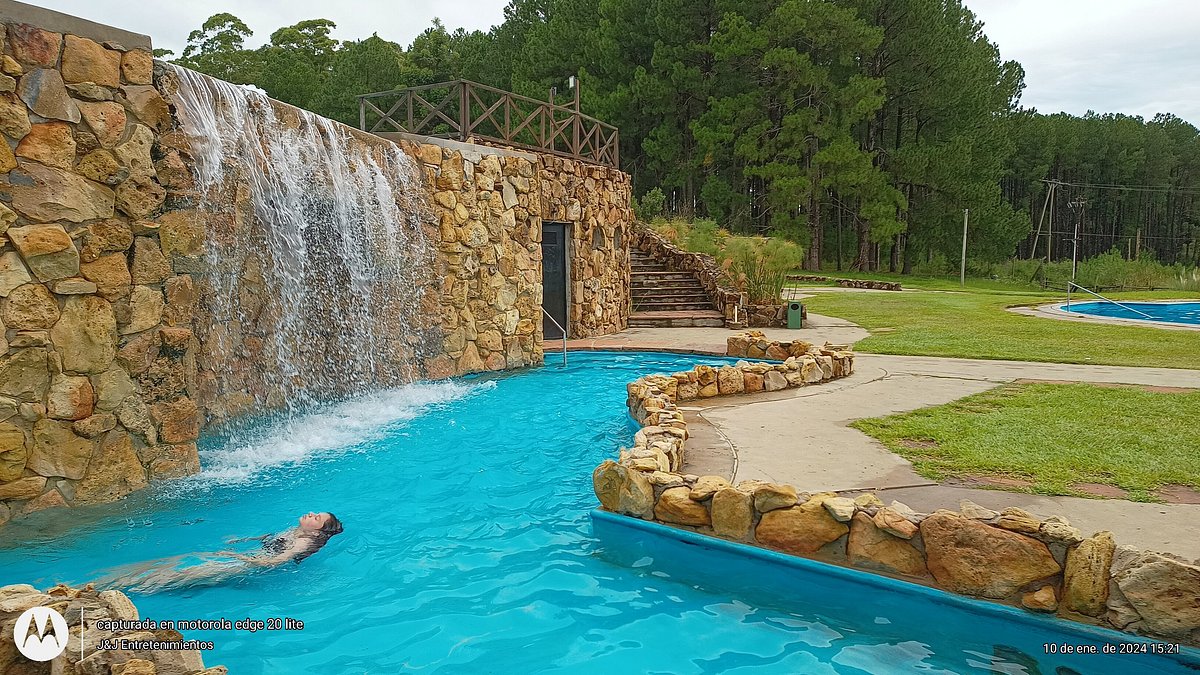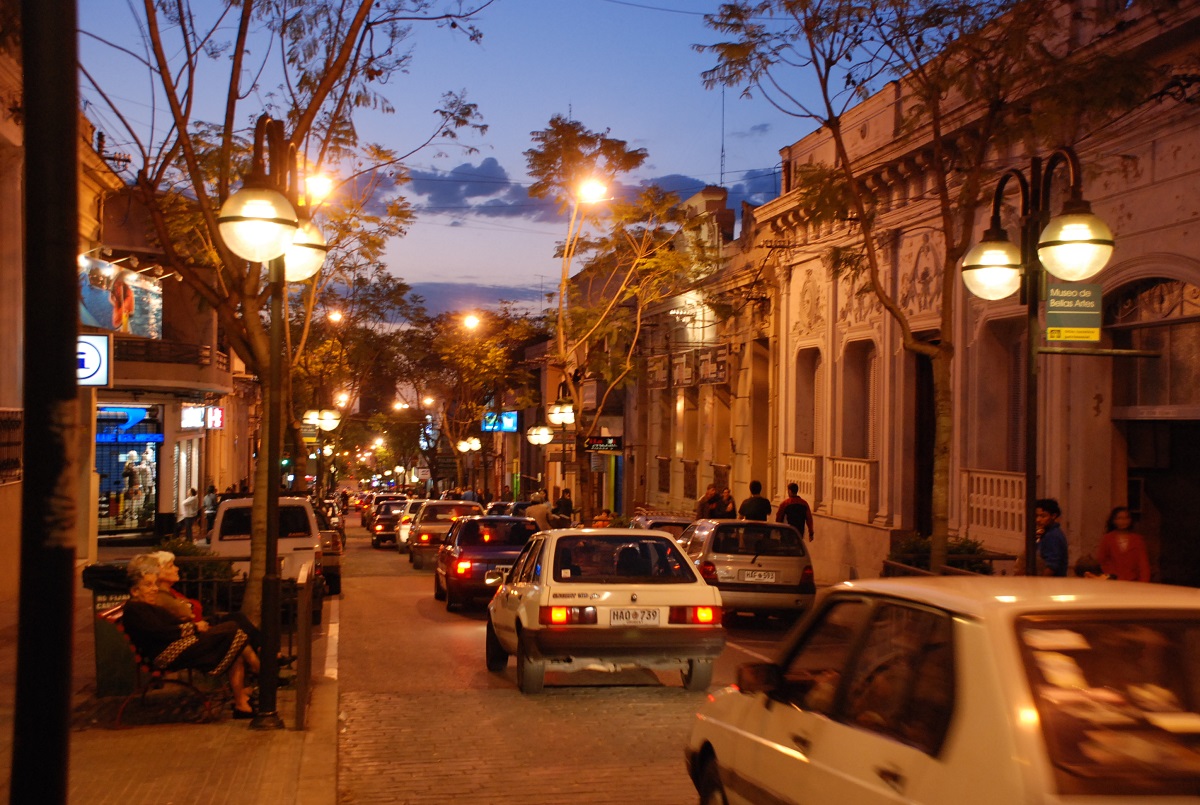



Salto is a city in northwestern Uruguay, bordering Argentina on the Uruguay River. In the center, Calle Uruguay is a lively shopping street lined with cafes. On Plaza Artigas, the Cathedral San Juan Bautista houses oil paintings and a 1939 vintage Hammond organ. Close by is the 19th-century Larrañaga Theater. Southeast of Salto, the area of Termas del Daymán has natural hot springs and public outdoor pools and spas. ― Google
Spring (September–November) – Ideal for outdoor activities, pleasant weather, and fewer crowds.
Summer (December–February) – Hot and lively, great for river fun and thermal pools.
Autumn (March–May) – Mild temperatures, beautiful countryside colors.
Winter (June–August) – Chilly, but perfect for soaking in thermal waters.
From Montevideo (~6–7 hours by car or bus):
Take Route 1 to Route 3 north.
Regular long-distance buses available from Tres Cruces Terminal (companies: Turil, Agencia Central).
From Argentina:
Cross via Salto Grande International Bridge from Concordia.
By plane:
Salto has a small airport, but flights are limited. Ground travel is more common.
Termas del Daymán – Most famous hot springs near Salto (public pools and private spas).
Acuamanía Water Park – Family-friendly park with slides, pools, and thermal water fun.
Termas de Arapey – More tranquil and resort-like, ~80 km from Salto; popular for weekend getaways.
Costanera Norte – Riverside walkway perfect for evening strolls with views of the Uruguay River.
Plaza Artigas & Cathedral of San Juan Bautista – Central square with historic architecture and peaceful vibes.
Museo del Hombre y la Tecnología – Museum highlighting the region’s history, including hydroelectric development.
Salto Grande Dam – Major hydroelectric plant and engineering landmark; some tours available.
Horacio Quiroga Museum – Dedicated to the famed Uruguayan writer born in Salto.
Relax in hot springs – Daymán and Arapey offer public and private thermal baths.
Riverfront picnics & walks – Locals gather along the Uruguay River, especially at sunset.
Visit wineries – Small local vineyards offer tastings of regional Tannat wines.
Enjoy gaucho culture – Traditional countryside values, horsemanship, and rural food are strong here.
Take a boat ride – Explore the river by kayak or motorboat, or cross into Argentina if available.
Attend local festivals – Especially during Carnival (February) and Semana de Salto (October).
Thermal resorts & spa hotels:
Hotel Los Naranjos, Termas del Daymán Resort, Arapey Thermal Resort & Spa
City hotels:
Hotel Salto, Gran Hotel Concordia, Hotel Español Salto
Budget options:
Hostels and guesthouses in Salto center or Daymán area
Vacation rentals – Cottages and cabins near the springs are popular
Local specialties:
Asado, milanesas, river fish (surubí, dorado), and empanadas
Don’t miss torta frita and pasteles with dulce de leche
Popular eateries:
La Trattoria, La Toscana, El Rancho, La Faustina
Daymán area: Many hotels offer on-site dining; local parrillas nearby serve grilled meats and stews
Cafés & bakeries:
Try Confitería Iris or Panadería La Italiana
Salto is a city with a deep connection to nature, water, and history.
Locals value community, simplicity, and tradition — with visible gaucho and agricultural roots.
Mate is a daily ritual, shared among families and friends everywhere from plazas to riversides.
Famous as the birthplace of Horacio Quiroga, it also celebrates local arts, music, and storytelling.
Thermal pools vary** — choose between rustic, public springs and full-service spas.
Bring flip-flops, towel, and swimsuit – Many places rent gear, but having your own is easier.
Carry some cash – Especially for small markets or taxis.
Renting a car gives you access to Arapey, wineries, and countryside sights.
Try crossing into Argentina via Salto Grande if you're touring both countries (check visa rules and bridge status).
Bring insect repellent – Especially in warm months near water.